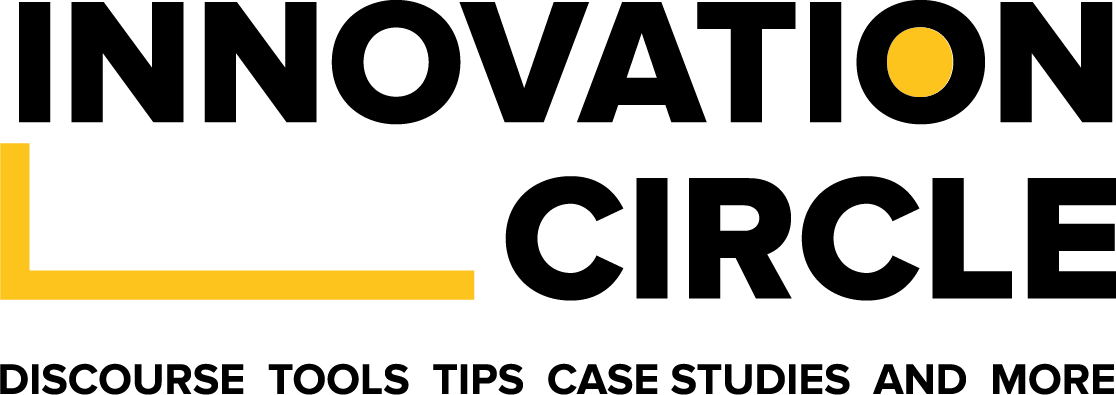
The Swiffer Success Story
The story of Swiffer is a huge testament to the relevance of design to business growth and product innovation. For companies seeking to innovate, design processes are critical to helping the team properly understand and define great opportunities that can be leveraged for business growth.

In the ’90s, if your floor was dirty and you wanted it cleaned, there was one common way to do it-mop the floor. To have this done, you needed a bucket, some water, cleaning detergent, a mop stick and your back bent towards the floor as you cleaned. To say this task was messy and tiring would be an understatement, as you would have to bend and squeeze the mop multiple times with your hands to release the dirty water.
Proctor and Gamble (P&G), seeking new avenues to reach the consumer reached out to the team at Continuum to find a way to grow their revenue through potential new offerings in the area of cleaning. Armed with the charge, the team at Continuum kicked off in-depth ethnographic research to better grasp the market. They went into people’s homes to better understand how and why they cleaned, as they studied the customer, they discovered that not only was cleaning was an important task in the home, it made them feel like responsible parents, good hosts and so on.
Also, as the team at Continuum watched people mop their floors, they noticed people spent more time cleaning the mop than they did the floor. Further, they discovered dust was the main thing cleaned and when the dust is mixed with water it becomes muddy. This caused the change in the colour of the water used to mop the floor. So the team at Continuum thought of a way to clean the dust on the floor of homes effectively, while reducing the use of water and more importantly, removing the need to squeeze with hands and all other messy things one might have to do to get a cleaned floor. As they ran various ideation sessions, prototypes and testing sessions, they were able to arrive at a solution that leverages electric charges for cleaning. The mop device developed by the Continuum team, electrostatically captures dirt on a paper surface that could simply be detached from the stick and disposed of once cleaning is done. This significantly cut down the dependence on water for mopping the floors, it also saved people’s time and their need to squeeze out the dirt from mops with their hands to get it clean so they could continue with the cleaning easily. This solution is what is popularly known today as Swiffer.

Today Swiffer is said to be a half a billion-dollar brand with reach across fifteen different countries.
The story of Swiffer is a huge testament to the relevance of design to business growth and product innovation. For companies seeking to innovate, design processes are critical to helping the team properly understand and define great opportunities that can be leveraged for business growth.
By understanding people and their needs, the team at Continuum were able to help P&G provide a valuable and impactful solution to meet the needs of their target audience.
In the same vein, every company that is looking to explore new growth opportunities will benefit from:
- Seeking to better understand their audience, this allows them to discover their needs and develop solutions that meet those needs in the most effective way(s) possible.
- Assembling a great team and enabling a culture that can spot opportunities, question assumptions, embrace failures with a culture of learning and experimentation.
- Testing solutions as often as possible to see if they address the challenges faced by their target audience.
By doing so companies will be able to drive towards their revenue projections for the year, while also winning the hearts of new and already existing customers, just as P&G was able to do with Swiffer.
If you are seeking to drive positive change with your company, one proven way is to uncover, discover or rediscover your customers through empathy, observation and collaboration. Seeking out your customers like that can help you develop the next breakthrough product(s) leading to revenue growth and customer satisfaction.
Another direction, if you haven’t already begun, is to find the best way to improve the innovation culture within your company, opening up opportunities for collaboration, experimentation and iteration are some key starters. You want a team well equipped to be able to push through challenges to discover the next big opportunity and solution. Building a team equipped for successful innovation practices doesn’t happen overnight, and requires step-by-step building over time. To aim towards a long term innovation-prone culture within your team, while bringing competitive products to market in the short term, seek out external Design and Innovation firms. These agencies can help work with your R&D or product team to accomplish the short term goals of bringing great products to market and long term goals like building the capacity for innovation within your team and business. Do this and like Proctor and Gamble, you might just build the next ‘Swiffer’.
